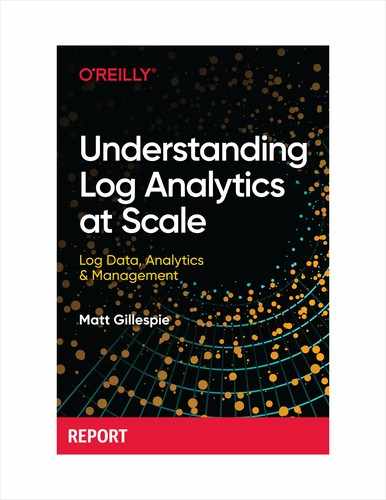Book Description
If enabled, logging captures almost every system process, event, or message in your software or hardware. But once you have all that data, what do you do with it? This report shows you how to use log analytics—the process of gathering, correlating, and analyzing that information—to drive critical business insights and outcomes.
Drawing on real-world use cases, Matt Gillespie outlines the opportunities for log analytics and the challenges you may face—along with approaches for meeting them. Data architects and IT and infrastructure leads will learn the mechanics of log analytics and key architectural considerations for data storage. The report also offers nine key guideposts that will help you plan and design your own solutions to obtain the full value from your log data.
- Learn the current state of log analytics and common challenges
- See how log analytics is helping organizations achieve better business outcomes in areas such as cybersecurity, IT operations, and industrial automation
- Explore tools for log analytics, including Splunk, the Elastic stack, and Sumo Logic
- Understand the role storage plays in ensuring successful outcomes
